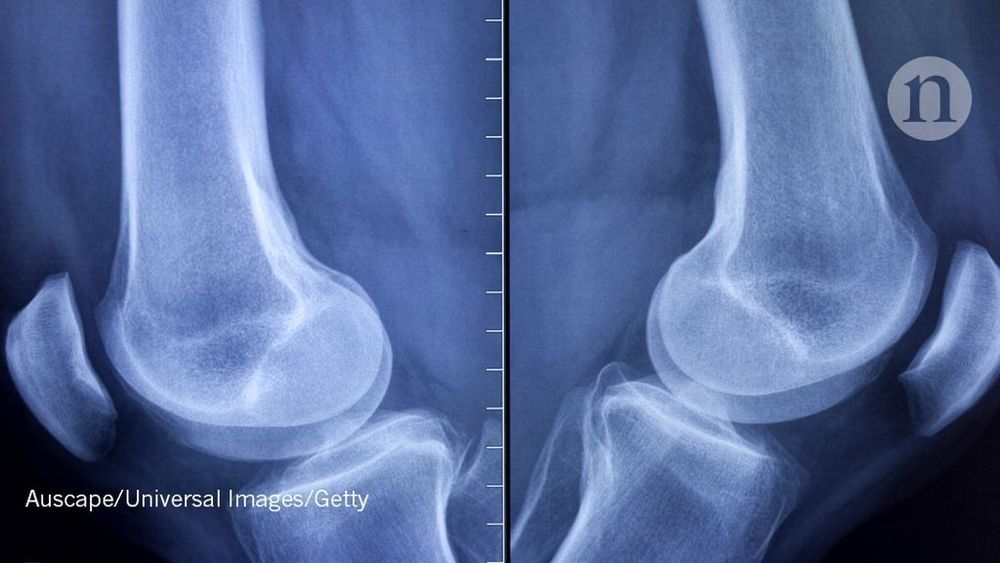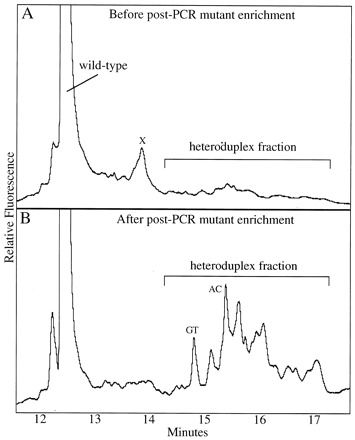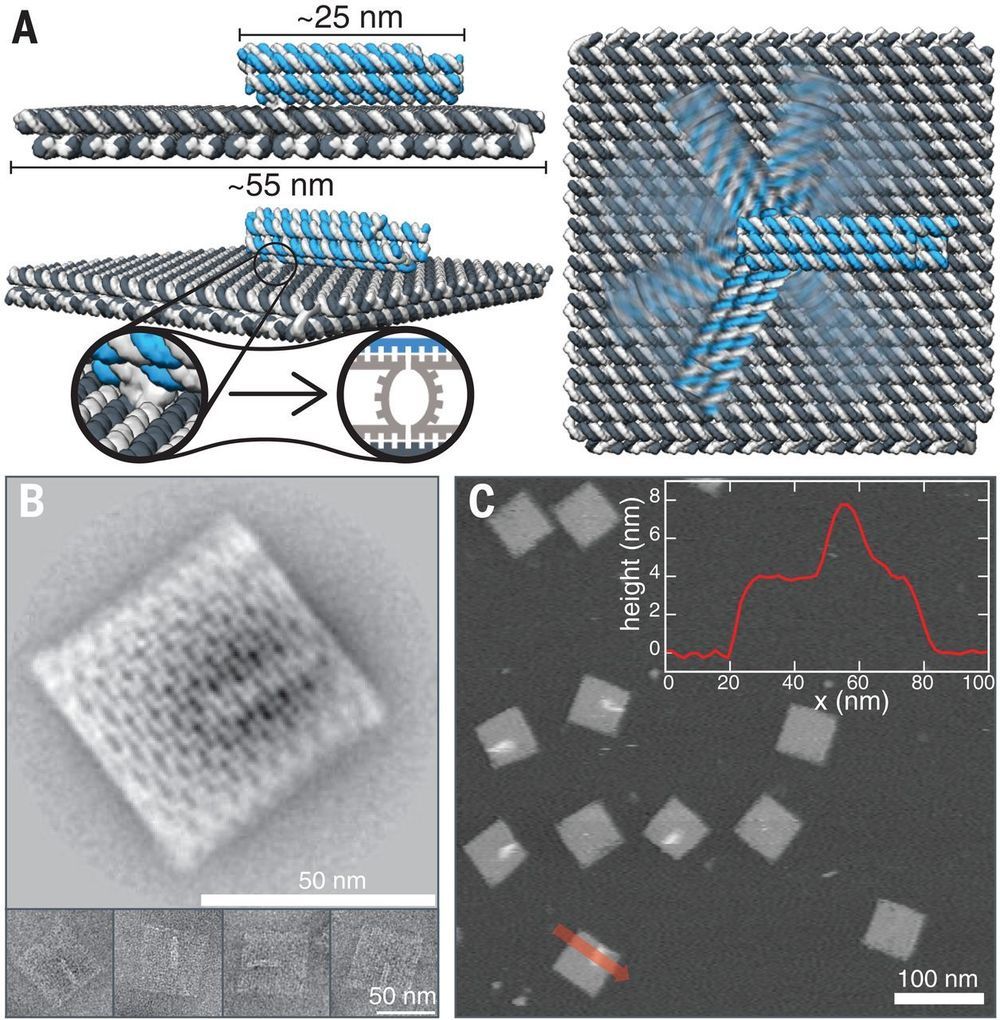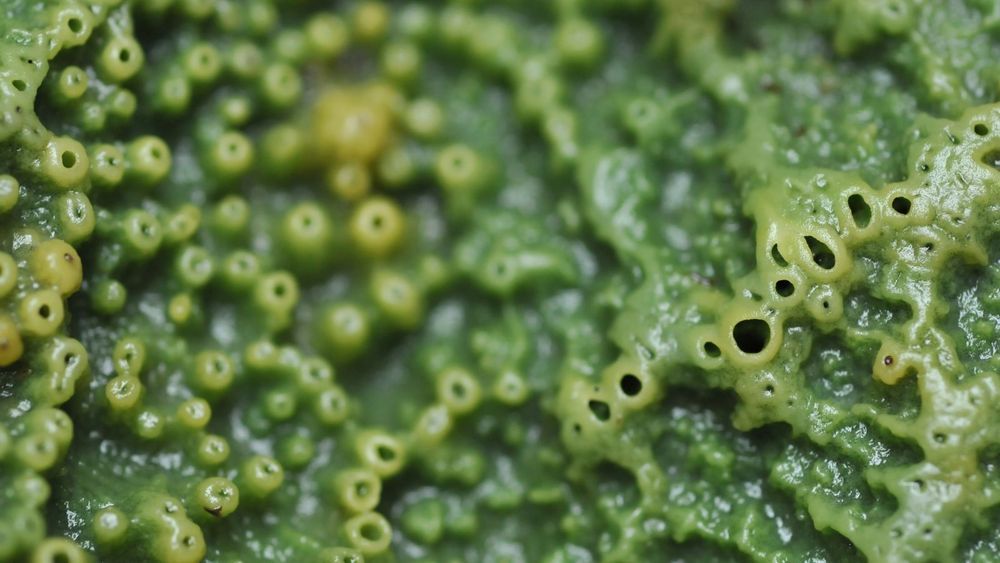Gunsalus agrees that the Sato case highlights some of the problems with misconduct investigations, and says that if shortcomings emerge, further reviews may be needed. She suggests institutional panels should include external members and that officials should also use a standardized checklist to strengthen their processes. “There should be some way for journals, funders, patients and others to be assured of the credibility and thoroughness of university reviews,” says Gunsalus.
Detailed analysis of misconduct investigations into huge research fraud suggests institutional probes aren’t rigorous enough.








